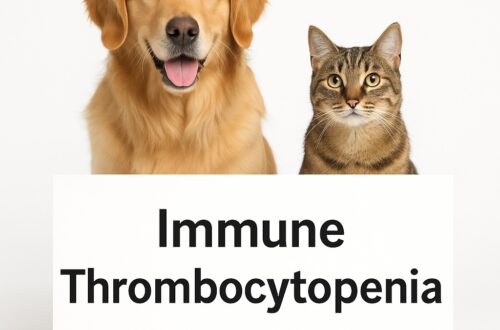Every pet owner will need to give their pets medications by mouth at some point in their lives. As a veterinarian, I realize making recommendations to give oral drugs is a lot easier said than done. Not every family can easily “pill” their cats and dogs. This week I’m sharing some of my favorite foods in which owners can hide medications to maximize the likelihood of successful administration. After all, what good is prescribing drugs if pets don’t get them?!

Meat
It’s no mystery cats and dogs love all types of meat. So, hiding pills in a small morsel of chicken can often be a very easy way to get pets to take their medication. To avoid calories overload, always use the smallest amount needed, and stick to fully-cooked lean meats whenever possible.

Cheese
The treat with which I’ve had the most success giving oral medications is cheese. Cheddar, Colby Jack, mozzarella, provolone, and cottage cheese are all often readily accepted by dogs and even some cats. Believe it or not, some even like Easy Cheese™, the “spray cheese” that will forever be one of my childhood guilty pleasures. In fact, KONG makes a pet version if you’re so inclined. As always, check with your pet’s veterinary team before feeding cheese and only use the amount needed to accomplish the task of medicating your pet.
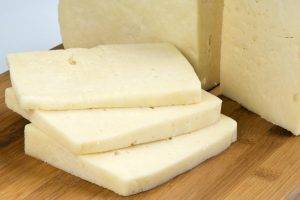
Mashed Vegetables & Fruits
Many dogs and cats like the taste and texture of some mashed vegetables and fruits. White potatoes, sweet potatoes, squash, and pumpkin are some with which pet owners have reported great success. Applesauce is another option with which I’ve had much luck!

Yogurt
Pets seem to like yogurt. I’m not a fan of offering flavored yogurts. With that being said, a dollop of plain low-fat yogurt is a healthy potential way to get your fur kids to take their medication with little trouble.
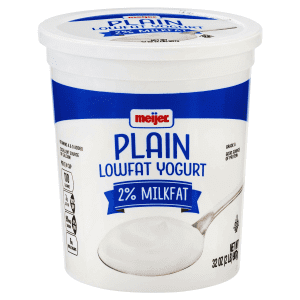
Nut Butters
A small amount of peanut butter, almond butter, or cashew butter can be a great vehicle in which to hide pet’s medications. Although not a nut, sunflower butter is a viable option too. Here are two important notes of caution about using nut butters:
- Nut butters are high in fats – While these foods are contain so-called healthy fats, feeding them – even in small amounts – may not be appropriate for your pet’s health. For example, pets with certain medical problems (i.e.: pancreatitis) and those of certain breeds (e.g.: Miniature Schauzers) should generally avoid fatty foods.
- Beware of xylitol – Some nut butters are sweetened with a natural sugar alcohol called xylitol. Xylitol is toxic is to dogs, and can readily cause hypoglycemia (low blood sugar) and liver toxicity. Before giving a nut butter to your pet, be sure to read the product label thoroughly to ensure it doesn’t contain xylitol. To read more about xylitol intoxication, click here.
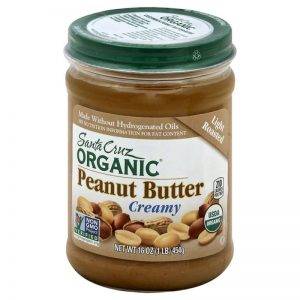
Marshmallow
I grew up in New England, so I automatically have an affinity for peanut butter and marshmallow. If you don’t know what a “fluffernutter” is, you’re missing out. Not anything remotely healthy, but nevertheless one of the tastiest sandwiches. I already mentioned the utility of peanut butter and other nut butters, but small amounts of marshmallow are also often readily accepted. My favorite thing to use is miniature marshmallows. I stuff a pill into one of them, and voila (most of the time)!

Pasta
Most pets have never had pasta, yet many of them seem to like it. When fed plain – no butter or sauce – dogs and even some cats will readily eat a tasty noodle. I like to use any of the smaller caliber tubular pastas – calamaretti, canneroni, cavatappi, elicoidali, garganelli, macaroni, mostaccioli, penne, pennette, reginelle, rigatoni, tortiglioni, ziti – because they’re easy in which to hide pills.
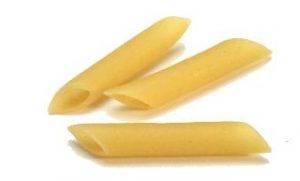
Can’t I hide the pills in my pet’s regular food?
The simple answer is yes…BUT there’s a risk! While it’s true most tablets and gel caps are flavorless to people, our pets have more sensitive taste buds. There’s always the possibility a “flavorless” drugs absolutely disgusts your cat or dog, so much they not only refuse to the medicated food, they actually turn their nose up to that specific forever. My advice? Whenever possible, don’t give (or mix) your pet’s medication with their regular food. Use as a healthy and safe treat to given them their medications.
One last thing…
Veterinary teams make recommendations to give oral drugs mixed with a tasty morsel because we know there is a high probability of successful administration. For some pets, they still won’t accept the medication / treat combo. For this select patients, alternatives include:
- Using a compounded oral formulation – Liquid formulations flavored to your pet’s liking may be accepted more readily
- Delivering the medication via different route – Some medications may given as injections into a vein, a muscle, and/or under the skin. Others can be applied transdermally, that is they are absorbed through the thin skin of the pinnae (aka ear flap).
Please note very few medications commonly prescribed to cats and dogs have been adequately studied to know if transdermal application is effective. Whether or not such formulations work is dependent on a wide variety of factors. Applying these drugs doesn’t guarantee treatment success even though compounding pharmacies can technically turn any medication into a transdermal formulation. Owners should always consult with their pet’s veterinarian about effective alternatives to oral medications.
The take-away message…
Our cats and dogs will need medications given by mouth at some point in their lives. Administering them isn’t always so easy, and there are many tricks to increase the likelihood of successful treatment. The list of tips shared in this post is certainly not comprehensive. Many of you likely have your own. Please share them in the comments section so other pet owners can benefit from your experience.
Wishing you wet-nosed kisses,
CriticalCareDVM



